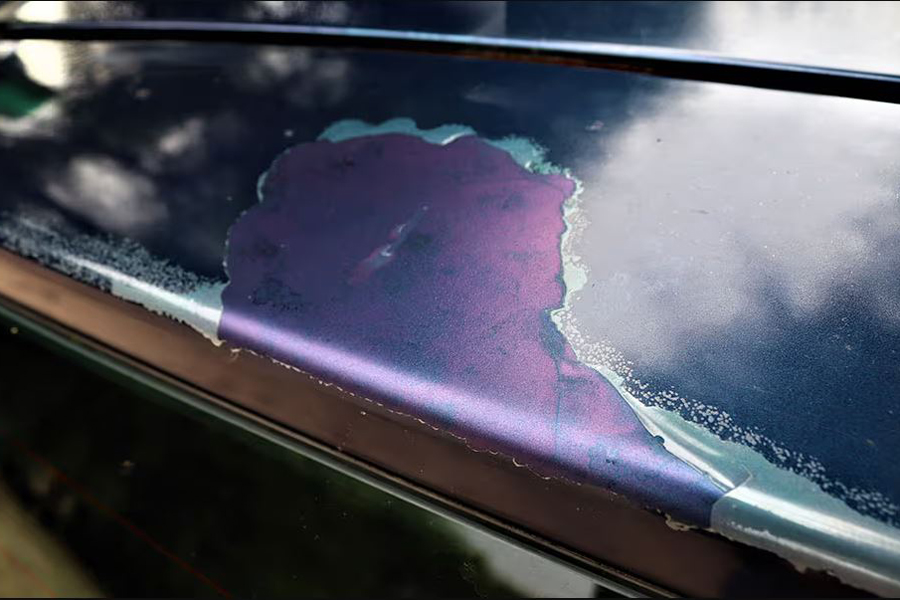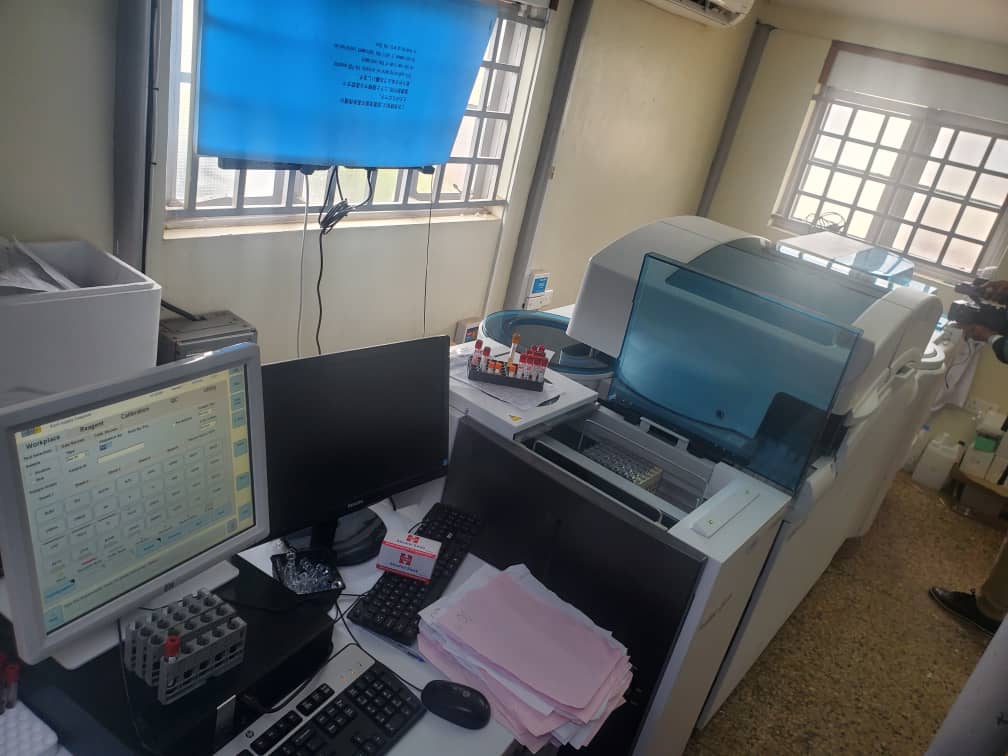How to fix and prevent clear coat peeling on your car

By Samuel Okello
As carmakers have made advances in paint and clear coat technology, we see fewer cars with peeling or delaminating clear coats.
Even under harsh conditions with no special clear coat protectant, modern clear coats can last for years.
But, even though we see this issue less frequently than we did 20 years ago, it still does occur, so why gamble with your car?
It’s important to know how to spot damage to your clear coat and what to do once you have it.
For starters, you should act fast to determine exactly what’s wrong. Is your paint looking faded, dull, and cloudy from oxidation, or is something even more serious going on?
Finding the answer to this question is a real moment of truth because you can restore most oxidized surfaces yourself relatively quickly, easily, and affordably.
And once they’re repaired, you can use surface protectants to prevent future oxidation.
But, if the problem isn’t just oxidation, if the problem is clear coat failure, you have only one option to fix it, and it’s not fast, cheap or easy.
What you need to know
Your car’s clear coat withstands high pressure and significant abuse every day of its life.
Of course, there are the obvious things like bumps, scrapes, water, soil, hail, gravel, bugs, tar, bird droppings and all kinds of other objects.
But the most damaging thing your clear coat faces all day, every day is ultraviolet radiation from the sun.
These UV rays are the primary cause of both oxidation and peeling clear coats.
Oxidation, while serious, isn’t our primary focus in this article, so we’ll save the science behind that issue for another day.
Your clear coat starts to peel after the sun’s UV rays penetrate through the clear coat and start attacking the bond between the color coat of paint and the clear coat on top.
Typically, this happens because the body panels of your car expand and contract ever-so-slightly in hot and cold temperatures.
Eventually, after this happens over and over again, year after year, the clear coat loses some of its elasticity and starts to craze and crack.
Even at a microscopic level, these weak points in the protective layer become doorways for UV rays to pass through.
With too much exposure, the UV rays break down the bond between the paint and the clear coat, and the clear coat begins to lift away from the color coat underneath.
The solution to peeling clear coat
Unfortunately, there’s no way to restore a clear coat once it has begun peeling.
You’ll need to contact us so that we strip and repaint your car.
If your clear coat has been neglected badly enough to peel in some areas, you’ll still need to have the entire car repainted so that the color and finish match throughout.
Be prepared for a necessary bill if you intend to keep your car.
The damage will only get worse until you address it, so it’s best to bite the bullet and do it soon.
Oxidation or peeling?
The severity of these two issues is vastly different. While oxidation should be addressed with urgency, it’s typically something you can fix on your own, especially when you catch it early.
So how do you know what’s going on?
Simple! When washing and drying your car, always examine the paint surface for tell-tale signs of issues.
In this case, look for dull, faded, or cloudy paint. When that happens, test the area with a polishing or rubbing compound once it has been cleaned and dried.

Be sure to use a compound that has no wax. Waxes can temporarily mask a peeling problem, only to fade in the days and weeks afterward, revealing the issue again.
As you use the compound in the damaged area, turn over and examine your applicator pad. If it seems to be tinted gray or yellow, you’re likely seeing an oxidized clear coat.
In this case, that’s a great sign. You can fix that. Continue with the paint correction over the entire car, working on one small area at a time, and then apply a layer of protective wax or sealant to guard against future oxidation.

On the other hand, if you see a color that resembles the paint on your car, your clear coat may have failed. If that’s the case, your car needs to be worked on at our body shop.
We’ll check it to be sure and provide an estimate for repair.
Be proactive to prevent peeling
You can prevent your clear coat from ever peeling and save yourself a great deal of money by adopting some routine car care.
Regularly washing your car is one of the most important things you can do to preserve its beautiful finish.
Use good car wash soap like Max Power Car Wash, a wash bucket and Grit Guard, a microfiber wash mitt, and a few microfiber towels for drying.
Not only will you remove harmful soils and contaminants from your car, but you’ll also have the opportunity to see what’s going on with your paint and clear coat.
By paying attention and responding in kind, you’ll avoid oxidized or peeling clear coat.

Once your car is clean and dry and free of any bonded contaminants, it’s time to lay down a protective barrier to block UV rays. This is the step to preventing oxidation and peeling.
And remember, car wax isn’t permanent. It provides UV protection only until it wears away due to usage, car washes, and weather.
When you wash your car, watch how the rinse water moves (or doesn’t) on the surface.
Does it bead as it did with a fresh coat of wax, or is it beginning to sheet or pool on your car?
If it doesn’t bead, it’s time for a fresh coat.
As always, just pay attention. Your car will tell you what it needs.
______________________________________________
Mr Samule Okello is a B.Eng. Automotive and Power Engineering and Technical Director at S-Line Motors LTD
Plot 6, Ojara Close, Mbuya
https://goo.gl/maps/bEGeVEN7tUVTqHnu8
0779745722 / 0708000888













